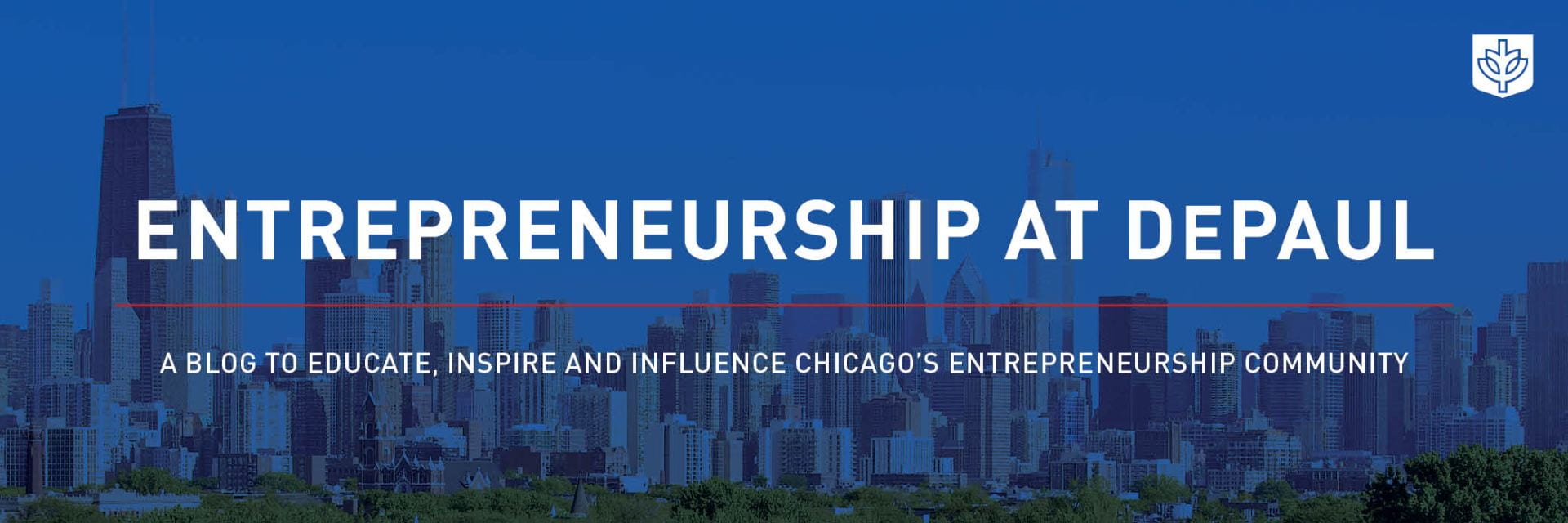
Please see Part 7 of the series here.
Humans are creatures of habit for some basic reasons: our brains want to conserve energy and novel responses to our environment require more expenditure than it may feel comfortable with; our brains prefer the known to the unknown, as the unknown can bring existential danger (and staying out of harm’s way is an automatic, primary goal of the mind); and habits provide us with agency – we know that if we talk to our co-founder in X manner, then he will respond in Y manner, and in a way, that control over the flow of communication feels good.
Of course, habits can go awry when we develop habits that are unhelpful (e.g., automatic doom-and-gloom mindset when an investor balks), unflattering (e.g., habitual snappish response to your COO’s project timeline question), or even actively detrimental (e.g., sabotaging a meeting when it feels “off” in the first 5 minutes, even if it could be salvaged with effort). We can surely think of habits outside the entrepreneurial realm that are, too, unhelpful.
The result of all of this? Impulsive behavior – that is, we impulsively react to pressure in our minds to carry out the habitual response. For example, consider the “unflattering” example above – your COO tells you about a hold-up in some production process and you impulsively and peevishly respond about their lack of foresight.
R.A.I.N. can certainly help when these habitual pressures to think/act in a certain way arise – I sure found that it did! But for more stick or deeply engrained habits, I needed another skill to really weed out the deep-rooted patterns infecting my mind. The skill of choice-point mindfulness helped immensely. The gist of this skill is that, with R.A.I.N., you still recognize, accept, and identify the urge to think/act habitually in you. This brings you to your choice point: you can either carry out the urge captured by habitual thought/action, or you can step back and not act impulsively by reacting to the pressure to think/act in a certain way. At this choice point, the “N” in R.A.I.N. – the non-identification – asks you to separate from the urge using a new set of techniques, rooted in the neurology of craving/addiction. First, it asks you to “surf” along the urge, which basically means keep using recognition, acceptance, and identification to stay in tune with the urge, even while it causes you discomfort. You surf that discomfort, riding it, riding the wave, knowing that – like all waves – it will dissipate and take you to the safety of the shore. And then non-identification asks you to reflect on the core nature of the urge itself by reflecting on the following:
- The urge you are experiencing is not a true need/want, but instead a programmed habit. Carrying out the habit will better the situation. “An urge to lash out at my COO is here. It is simply an automatic habit from my brain. It does not indicate true anger, such as in response to deep unfairness or inequity, but instead, my brain seeks relief from discomfort. I choose to react with equanimity to difficult news, not impulsive anger.”
- The urge is an unhelpful, pleasure-seeking habit that can be unlearned by not acting on it. Your brain does not engage in activities that you do not respond to – e.g., if you’re really, really hungry, eventually your brain will stop wasting resources sending you messages to eat as such messages feel futile. “This urge to lash out at my COO, and all future urges of this kind will reduce in intensity if I let them pass, without acting on it or reinforcing it.”
- Surfing an urge is deeply uncomfortable, but it is also the only path forward. “In an effort to push me to acquiesce to my impulse to lash out at my COO, my brain is making me feel tense, anxious, angry, and upset right now. I choose to feel like this temporarily, knowing it will fade and, in its place, I remain steadfast in my commitment to live my visualized, peaceful, measured self.”
- Surfing an urge will allow you to come up for air; it is then that you can use your wise mind to understand how to support yourself in the moment after the moment. “How can I help Future Me feel peaceful, cared for, loved, and supported? And does lashing out fit with this vision?”
- The pleasure of successfully surfing an urge is greater, and longer-lasting than indulging it. “I can feel good for a few minutes now by impulsively giving in to the urge to lash out at my COO, or I can feel good for a few hours, days, weeks if I wait just a few moments for the urge to pass. Imagine how good I will feel without the lingering guilt and shame of indulging the urge.”
- You can walk away from the urge, choosing to redirect your focus, energy, and thinking elsewhere, anywhere. You control your response to the urge, and when you do not give in and instead watch as the urge fades, you realize how truly un-urgent it ever was. “I can do this other activity, such as focusing on certain analyses or another meeting discussion point, for just two minutes, while the urge to lash out rages within me. The storm passes swiftly during this activity, proving it was never really urgent.”
- All urges fade with time. Recount the vast number of moments you exist without urges, even during times of stress. Recount how quickly an urge dissolves into nothing. “This will pass. I felt the urge to lash out an endless number of times and they all – ALL – faded into nothingness quickly.”
Up Next:
This technique of identifying a choice point (to act or not act impulsively) and then surfing an urge while really seeing it for what it is (habitual, automatic non-sense) can create more separation between you and your unproductive patterns of thinking and acting. And yet, a third mindfulness skill – N.E.S.T. – is still needed because this process can be ruthless and denying. N.E.S.T. inserts some self-compassion back into the mindfulness skill equation.
Mindfulness Exercise:
Consider a lower-stakes urge in your life this week. Apply N.E.S.T. to see if you can keep watching the urge rather than act impulsively. What elements of the technique resonated with you?
Questions?
Reach out to Professor Grace Lemmon at glemmon@depaul.edu if you have questions about this post. Or, if your company is interested in applied mindfulness training, Professor Lemmon is happy to connect with you through collaboration with DePaul University Executive Education. Thanks!
This is Part 8 in the Spring Cleaning for the Entrepreneurial Mind Series by Associate Professor Grace Lemmon.
- Read 7: Mindfulness to Improve Entrepreneurial Decision-Making
- Read Part 6: How Entrepreneurs Can Use Mindfulness to Shift Toward Growth-Oriented Thinking
- Read Part 5: How Entrepreneurs Can Use Mindfulness to Shift Away From Mindless Thinking
- Read Part 4: How Entrepreneurs Can Use Mindfulness to Shift Away From Ruminative Thinking
- Read Part 3: Habits of the Mind
- Read Part 2: Why should entrepreneurs be mindful?
- Read Part 1: What is mindfulness, and what is its basic practice?

Grace Lemmon is an Associate Professor in the Department of Management & Entrepreneurship in the Driehaus College of Business. A research expert on topics related to stress management, including burnout, engagement, work detachment and work recovery, Professor Lemmon is particularly interested in how people develop more fulfilling relationships with work through value alignment. One of her most popular course is The Mindful Leader, which explores how to apply mindfulness to be a better leader of others and oneself.
